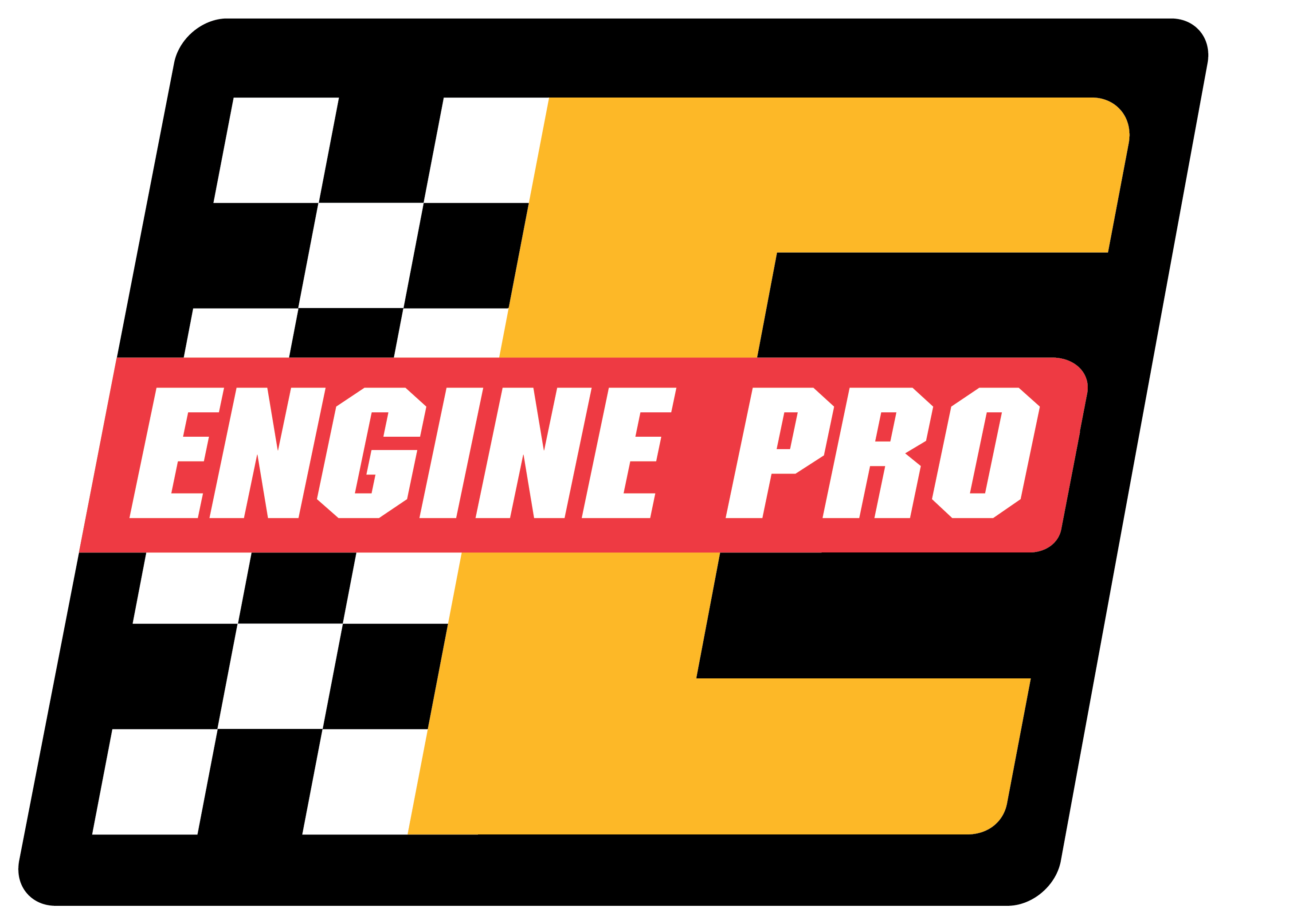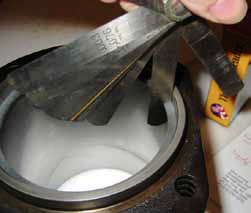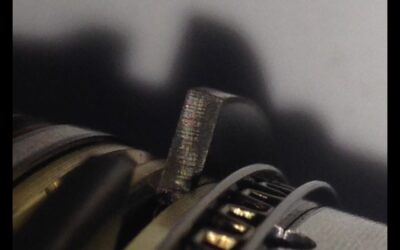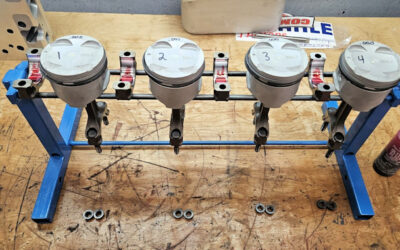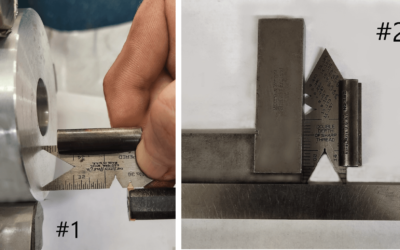Evolution of Ring End Gap Theory
It’s easy to see or know when you don’t have enough ring end gap. Common signs include scuffed ring faces, damaged rings and cylinders and/or shiny areas on the butt ends of the rings. The ideal minimum ring end-gap would by found under the most extreme operating conditions. Unfortunately, this would often be too late. The ring manufacturers published information, the engine manufacturers recommendations and your own personal experience are about all most engine builders have to go by to arrive at a desir- able end-gap.- Current thinking suggests that the end-gap on the second ring should be larger than that of the top ring. Testing has shown that by providing a larger second ring end-gap top ring stability increases allowing for a better seal. This larger gap provides a path allowing inter-ring pressure to escape preventing top ring lift, which allows combustion pressure to get by. In most cases the second ring’s primary function is oil control and the act of opening up the end-gap has no effect on the com- pression sealing of the ring pack. – On supercharged and turbocharged applications producing extremely high cylinder pressures where the second ring is used as a compression seal, opening the end-gap may not be beneficial. Again on most applications many builders have reported less blow-by and horsepower gains in the upper RPM ranges with a wider second ring gap.- Steel alloy rings have many advantages over ductile and cast iron rings. They conform better to the cylinder wall, are lighter weight, extend fatigue resistance, have better yield strength and have higher tensile strength. But a stronger ring is also more difficult to file fit.- Some ring manufacturers engineer the minimum end-gap for the bore size into the ring at the start. Allowing the possibility to run the rings at the minimum end-gap or at least less filing to get the ring to the desired gap.- General guidelines for checking end-gap include inserting one compression ring at a time into the cylinder bore about 1-inch down from the deck. Use a ring-squaring tool to get the ring square in the bore. Use a feeler gauge and adjust the gauge thick- ness until you have just a slight drag when inserted into the gap.- Remove the ring and use a proper ring file-gapping tool to get a square cut and increased end-gap. Deburr the edges of the cut with a fine stone.- Clean the ring before installing back into the bore. The abrasive dust and metal shaving can contaminate and damage an engine.
Engine Pro Technical Committee
with thanks to Mahle Aftermarket Inc.
January, 2015
